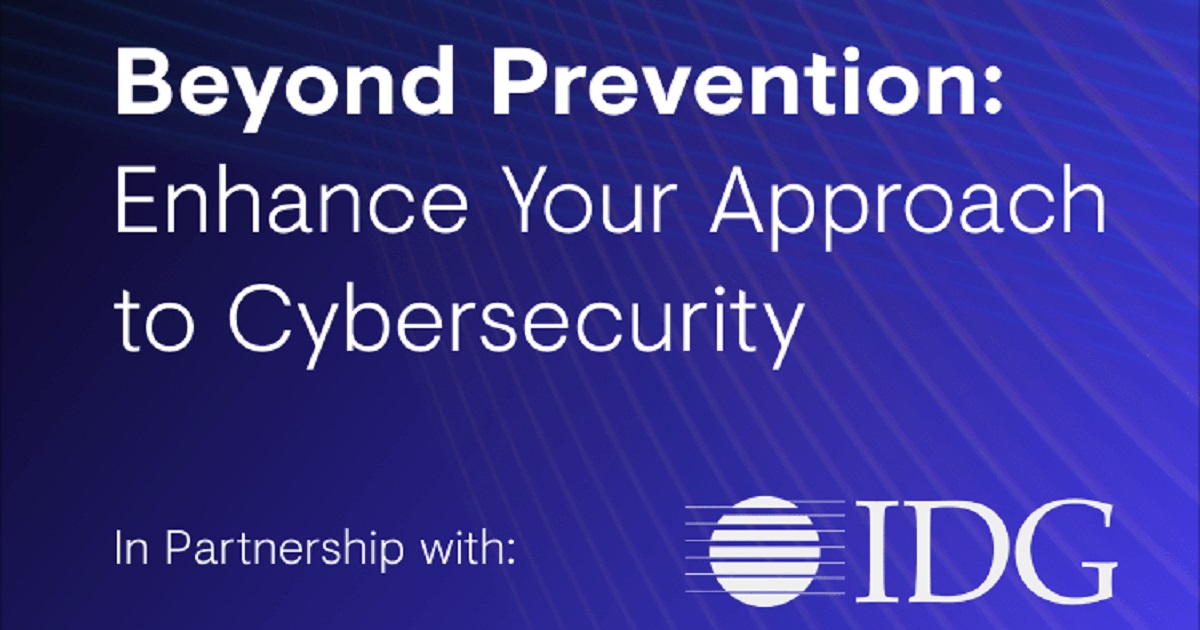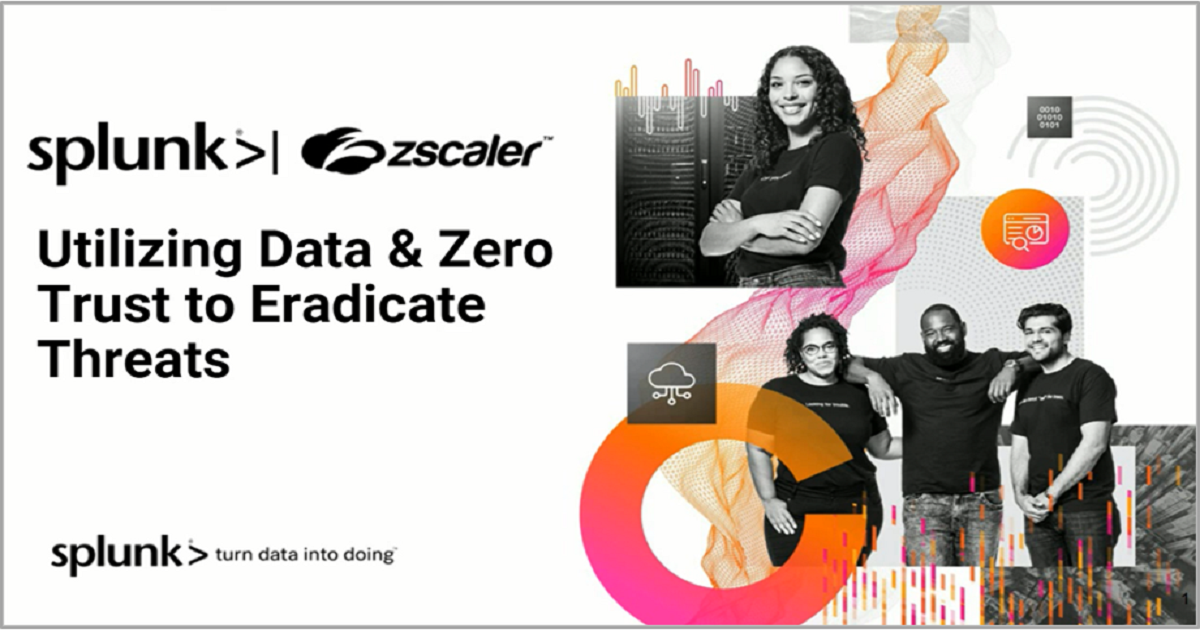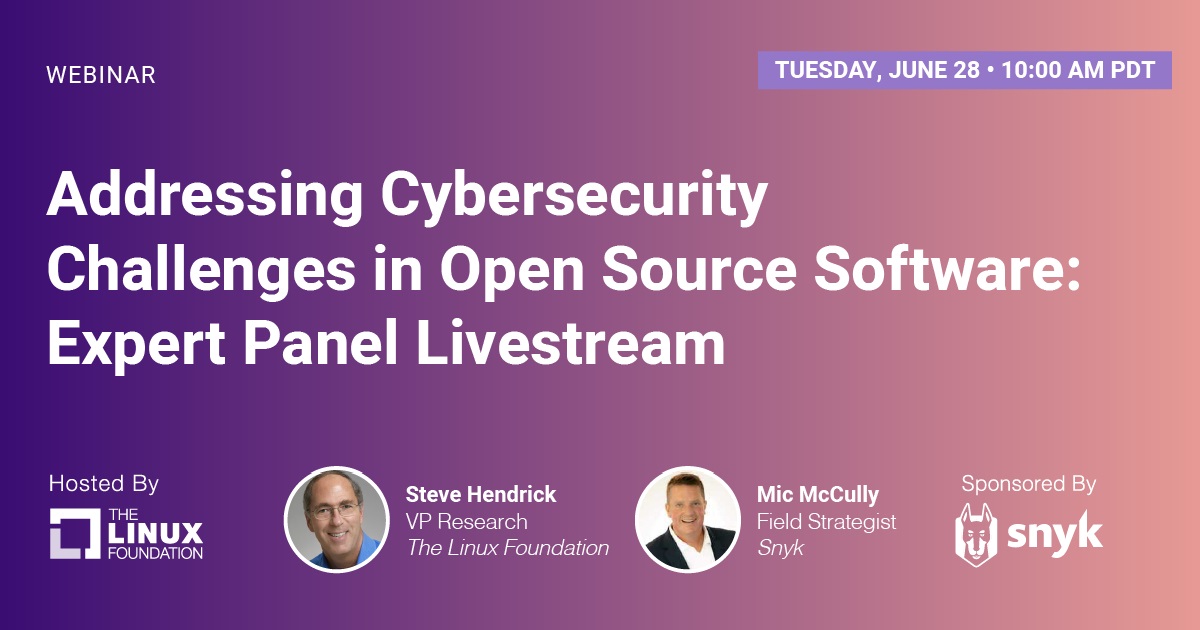
In this webinar, presented in partnership with IDG, hear why mere threat prevention is no longer enough to combat today’s sophisticated threat actors. Our expert speakers will discuss the cycle your business should follow, including every step listed above—and how to evolve your cybersecurity to stay ahead of the adversary.
Watch Now

Modern zero trust requires the right architecture, analytics, dynamic policy, and risk visibility in order to reduce the attack surface, prevent lateral movement, and make real-time threat determinations with each transaction. Zscaler and Splunk tightly integrate best-of-breed cloud security and security analytics platforms to
Watch Now

Open source software (OSS) has had a tremendous impact on the development and distribution of the software we depend on today. Through its collaborative and open way of both developing and sharing software components, OSS has served as a key engine for innovation and encouraged the widespread reuse and sharing of core software components. Organizations of all sizes are heavily reliant on software, and much of that software supply chain consists of open source software components. Because of this, open source software has cybersecurity implications.
Watch Now

IBM
Data security is moving to the top of the executive agenda, with companies paying more attention to what data they have, and how to protect it. Organizations are rolling out more access controls and upgrading their monitoring and assessment capabilities to best manage new regulations on the horizon. California’s passing of the California Consumer Privacy Act of 2018 (CaCPA) on June 28 and adoption of a set of amendments to the law in September has proven to be a strong catalyst for a new focus on data security.
Watch Now